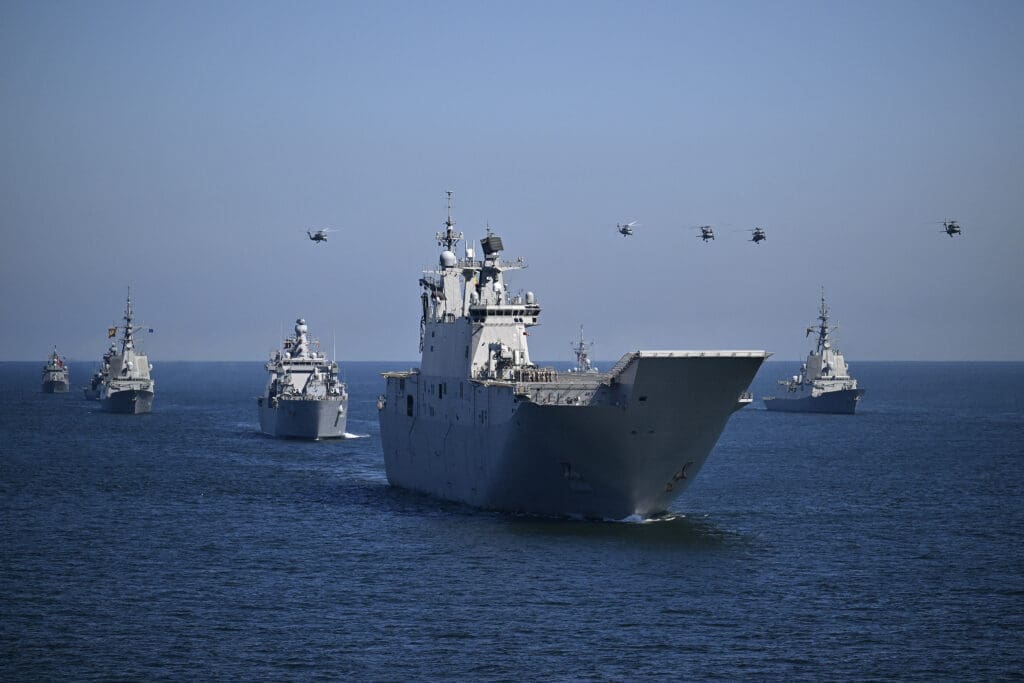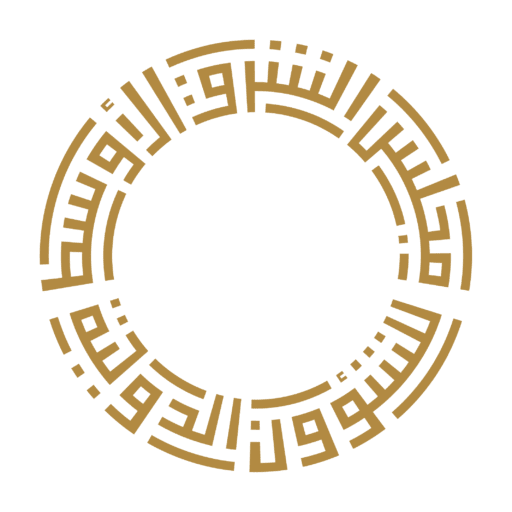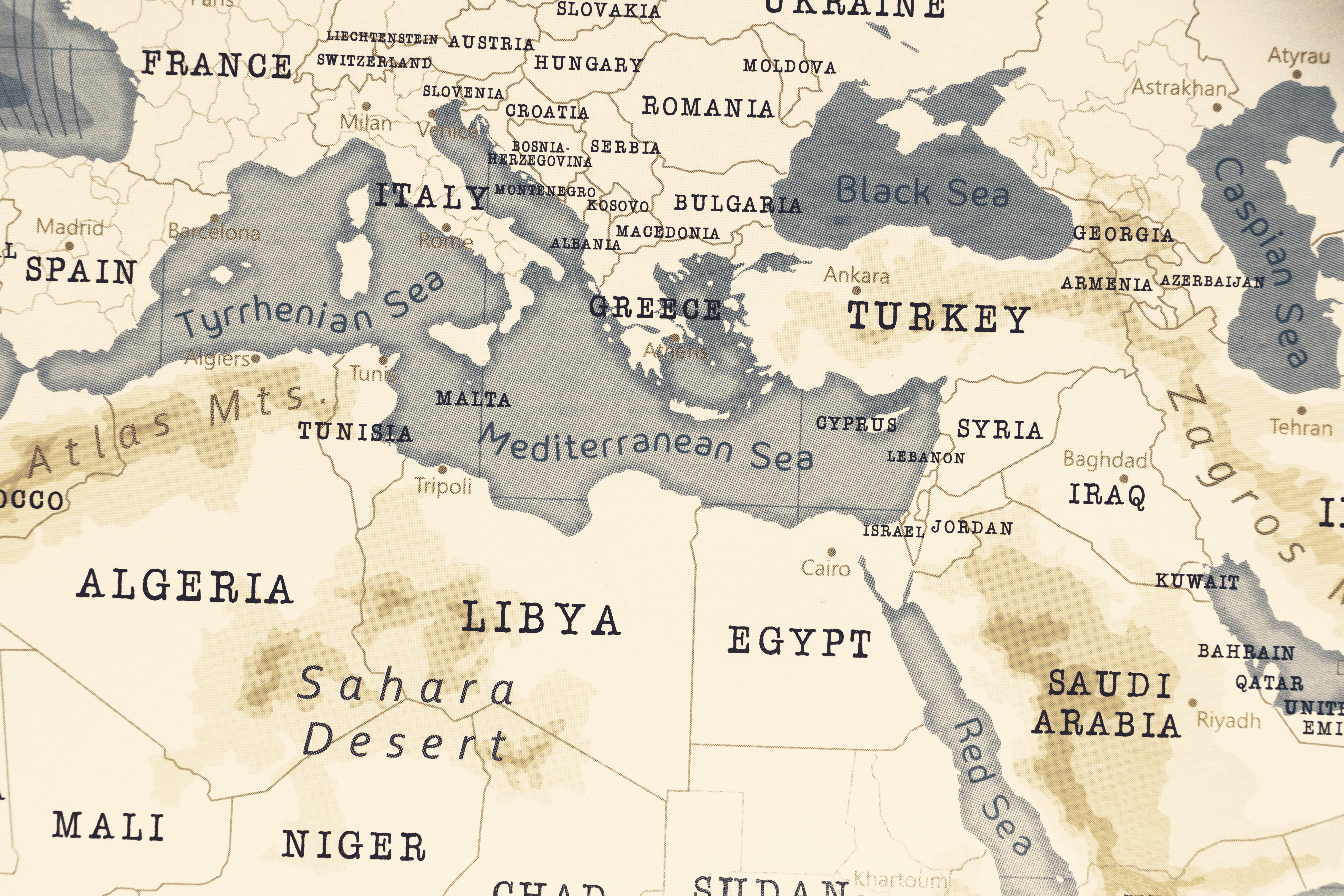
The Future of the Mediterranean (dis)Order- Conclusion
April 2025
Conclusion
As this dossier illustrated, internal and external dynamics of regional security in the Mediterranean are undergoing a dramatic shift.
Internally, despite a reduction in tension and improving Turkish-Greek relations, the Eastern Mediterranean crisis is far from being resolved. The evolution of this crisis will redefine the nature of intra-regional rivalries and the place of extra-regional powers within the region.
In his chapter, Tarek Megerisi depicts how, for Europe, regional security, migration and politics of fear are intertwined in Mediterranean. The Mediterranean question for Europe is thus a multilayered one, which ties the domestic and identity politics with foreign policy at the same time.
Meanwhile, the war on Gaza is reshaping the regional security landscape as well as the future of many regional initiatives that involve Israel and Arab Gulf states, including Eastern Mediterranean Energy Forum and the India-Middle East-Europe Corridor (IMEC). Given the burgeoning political and image cost of cooperation with Israel for Arab states, non-cooperation with Israel might emerge as the lowest common denominator of the Arab response to Israel. As Robert Mason notes, the IMEC (and by extension, the I2U2, which involves Israel, India, the UAE and the US) has been undermined by the Gaza war.
Similarly, the recent developments in Syria are also restructuring the Eastern Mediterranean security landscape. The downfall of the Assad regime is set to have a major impact on the regional security and order in the Mediterranean. The Assad regime’s overthrow has already cut Iran’s direct access to the East Mediterranean and cast a thick shadow over the future of Russia’s role and presence in Syria and the Eastern Mediterranean. Syria has been the lynchpin of the Russian power and presence in the region. Hence, the nature and future of post-Assad Russian-Syrian relations will be pivotal.
Shedding light on the critical importance of the Tartus naval base and Khmeimim air base in Syria, Andrey Kortunov argues that “these bases are essential for advancing Russia’s interests in the Mediterranean and in the broader Middle East by offering Moscow unique power projection capabilities in the region.” Kortunov also stresses that the Khmeimim air base is a “critical transit point serving Russia’s operations in remote places in Africa.”
Setting aside the post-conflict discussion, the Mediterranean is also an important focal point of many different connectivity projects and regional strategic initiatives. From this perspective, this region has become a microcosm of contending visions of regional order, not only in the Mediterranean, but also in the broader Middle East. China’s Belt and Road Initiative (BRI), the US and EU-backed IMEC and Türkiye-backed Iraq Development Road project all have important Mediterranean dimensions. For instance, Jin Liangxiang contends that “the Mediterranean is integral to China’s vision of the world, despite the lack of a uniform policy toward it.” Plus, he further argues that “today, the engagements between China and the Mediterranean are more defined by the BRI than anything else.”
All these initiatives rest on different ideas of regional and global order. For instance, at the regional level, IMEC is another manifestation of the US-idea of a regional order that is premised on closer cooperation between Arab Gulf states and Israel (buttressed by US support). The global logic of IMEC as a project is that it will compete with China’s BRI and downsize Beijing’s regional footprint. However, the geopolitical logic of this project overrides its economic nature, and it now faces the ‘reality check’ of Middle Eastern geopolitics. As Dalia Ghanem aptly argues, the “success of IMEC hinges on regional stability and cooperation, yet the reality on the ground presents significant challenges, not least, the lack of sustainable peace and de-escalation between Israel and Hamas threatens the very existence of IMEC, potentially derailing the entire project before it truly takes shape.”
In short, the Mediterranean, like the Gulf, represents a centre of gravity in the broader regional politics, which intertwines the Middle East, North Africa and Europe. Regional restructuring that is underway there can be seen as microcosm of the larger transformations that are taking place on the global level.



